

Political Structure of the Assembly (local government structure)
Ghana’s current programme of decentralization was initiated prior to the national democratic transition in the early 1990s. In 1988, the PNDC government introduced a major piece of legislative reform, the Local Government Law (PNDC Law 207). This created 110 designated districts within Ghana’s ten regions, with non-partisan District Assembly (DA) elections held initially in 1988/89 and subsequently every four years (1994, 1998, and 2002). In addition to the two-thirds of DA members elected on an individual, non-party basis, one-third was appointed by central government, along with a chief executive for each district.
The Local Government Act 462 1993 and Local Government Legislative Instrument LI 1929, established the TMA on the 1st day of November 2007 under the decentralization system to take control of the day-to-day running of the city. TMA was empowered by the law with deliberative, executive and legislative responsibilities. The Assembly was tasked to make laws, including the rules and byelaws which give legal effect to decisions and also mobilize resources to undertake developmental programmes and activities.
The General Assembly is the main body in the Assembly responsible for formulating laws and policies in the metropolis. The Membership of the General Assembly stands at sixty (60). The Assembly meets at least three times in a year. The members are drawn from the Metropolitan Chief Executive, the fifty –six (56) Assembly members of which thirty- seven (37) are elected and nineteen appointed by the president in consultation with the traditional authorities and other opinion leader and the three members of parliament from the Tema West, Tema East and KponeKatamansu constituencies which fall under (he jurisdiction of TMA. However, the three members of parliament do not have voting right during voting at Assembly meetings.
The Assembly members are elected every four years through the Universal Adult Suffrage. These members are expected to keep close contact with their electoral areas, consult their people on issues discussed at the Assembly and collate their views and opinions and present to the Assembly. However, the lack of finance makes it difficult for the Assembly members to carry out this responsibility. As a result of this, there is absence of grass root participation in local governance at the metropolis. This has resulted in lack of community acceptance and ownership of projects thus making these projects not sustainable.
The Assembly members elect one representative among them to serve as the presiding member who presides over the General Assembly meetings. The presiding member is elected once every two years and is eligible to stand for re-election.
Administrative Structures of the Assembly
Administratively, the Chief Executive is responsible for the day-to-day performance of the Executive functions of the Assembly. I-le also supervises the various departments in the Assembly and is the chief representative of the Central Government in the Metropolis. After the Chief Executive, is the Metropolitan Coordinating Director who is a civil Servant and the Secretary to the General Assembly. The Coordinating Director performs administrative functions in the Assembly and reports directly to the Chief executive.
The various departmental heads and agencies also report to the Director. Ill the Assembly, policy decisions are decided by the General Assembly and then implemented by the Executive Committee, the committee exercise executive and coordinating functions of the Assembly. The committee is composed of not more than 1/3 of the total membership of the General Assembly and is chaired by the Chief executive. The Executive Committee co-ordinates plans and programmes of the sub-Committees and submits them as comprehensive plans of action to the Assembly. The committee is in charge of implementing resolutions of the Assembly and oversees the administration of the Assembly in collaboration with the office of the Chief Executive, among others.
The Executive Committee has the following Sub-Committees:
*Development Planning Sub-Committee
*Social Services Sub-Committee
*Works Sub-Committee
*Education Sub-Committee
*Finance & Administration Sub-Committee
*Environmental management Sub-Committee
*Revenue Mobilization Sub-Committee
The Sub-Committees are responsible for collating and deliberating on issues relevant to the Assembly in its deliberative, executive and legislative function. They submit their recommendations to the Executive Committee for consideration, which are later ratified by the General Assembly. The Assembly also has other committees apart from the ones stated in the local government act 462. The committees are Tender, the Aids committee and the Ghana School Feeding Programme committees and a Public Relations and Complaints Committee which is chaired by the Presiding Member of the Assembly. This Committee receives complaints made against the conduct of Assembly members and staff from the public and makes recommendations to the Assembly.
SUB STRUCTURE
Sub-Metropolitan Assembly
The Tema Metropolitan Assembly is divided into three (3) sub- metropolitan Districts. •1’hey are Manhean, Kpone and Tema west. Each Sub- Metropolitan District has a Sub- Metropolitan District council. The Council is made up of a chairperson elected by the Assembly members elected members of the Assembly in the Sub-Metropolitan District and u number "f adult residents in the sub- district. The total membership of the council is not less than twenty- five (25). The Sub-metropolitan district also has an administrative officer who is the secretary to the council.
Town Council
There are four town councils and 113 Unit Committees in the Assembly. Members of the Town Council are drawn from the elected members of the assembly, members from the various Unit Committees under the Council and some residents appointed by the Metropolitan Chief Executive on behalf of the President. The Town councils are responsible for collecting revenue, implementing bye-laws and performing oversight responsibility over community-initiated projects, among others in their area. However the operations of the Zonal councils have been hampered by lack of offices, logistics and staff. This has made the town councils handicapped in their quest to promote grass root participation in local governance at the sub-district level.
Traditional Authority
The Traditional authority in Tema Metropolis is embedded in the chieftaincy institution. The authority continues to play a pivotal role in the current governance system in the metropolis. There are three main traditional authorities in TMA; they are the TemaManhean, Kpune and Nungua traditional authorities. The Tema Manhean and Kpone traditional authorities have their seat of governance in the metropolis. The Nungua traditional authority however has their seat of governance in the Nungua area.
They are both represented in the General Assembly and are very active in the Assembly’s activities. Over the years these traditional authorities have contributed immensely to the development of the assembly. They encourage their people to get involved in all of the Assembly’s activities. They also settle minor disputes in their areas of jurisdiction. This collaborative effort between the traditional authorities and the Assembly has made it easy in most cases for the Assembly to implement their plans without any confrontations with the people.
Date Created : 11/24/2017 5:41:26 AM





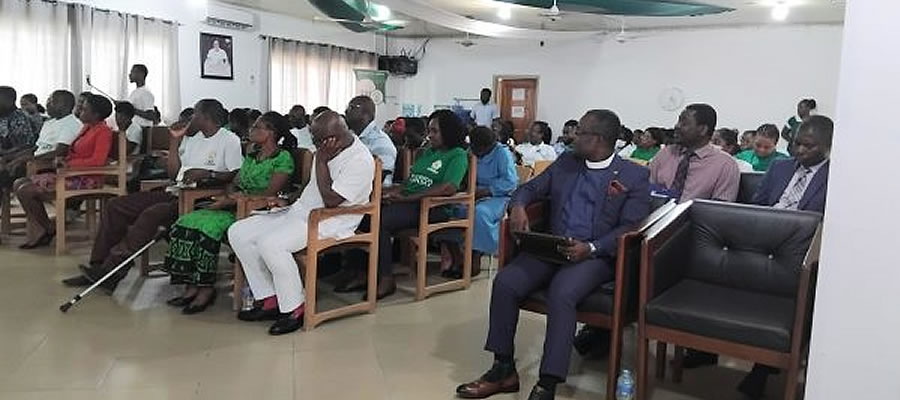
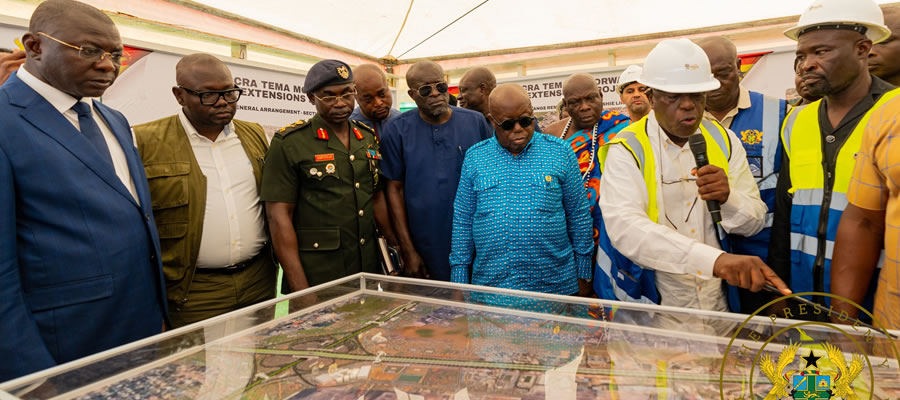
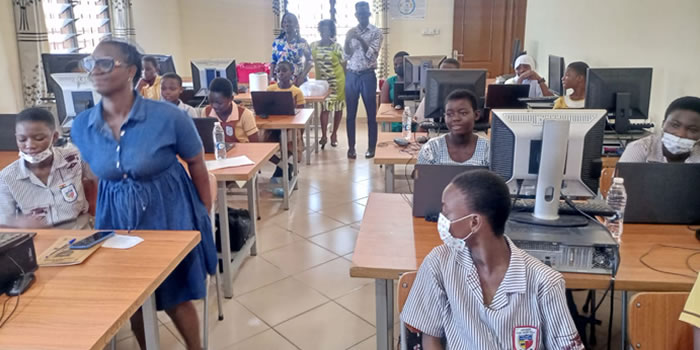
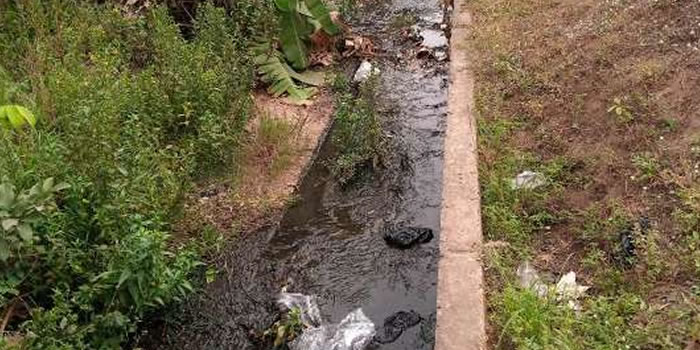
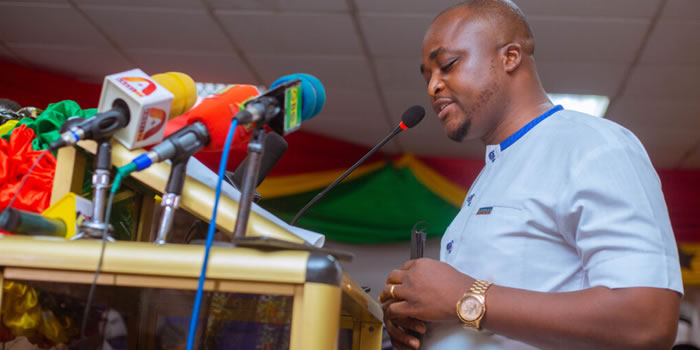



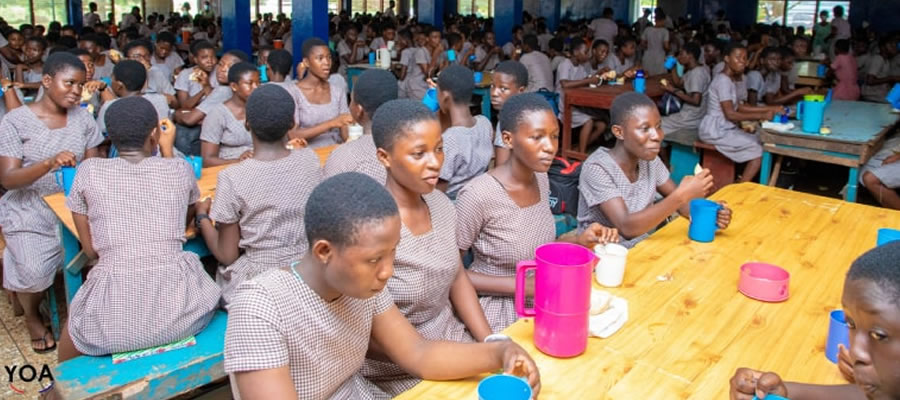
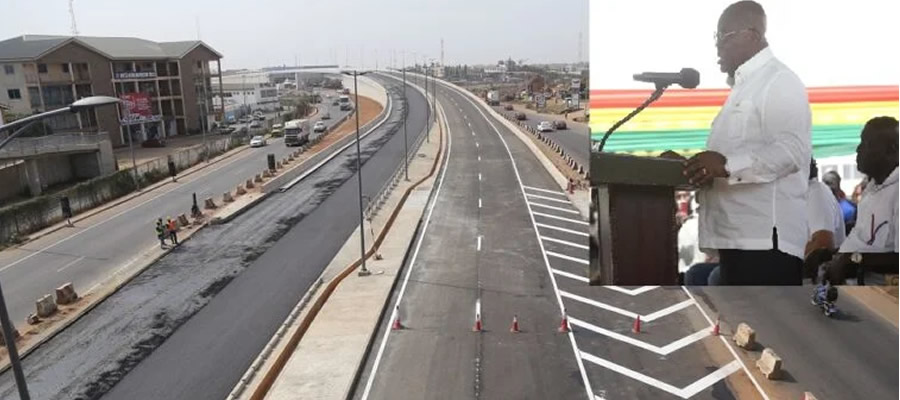





 facebook
facebook
 twitter
twitter
 Youtube
Youtube
 +233 593 831 280
+233 593 831 280 0800 430 430
0800 430 430 GPS: GE-231-4383
GPS: GE-231-4383 info@ghanadistricts.com
info@ghanadistricts.com Box GP1044, Accra, Ghana
Box GP1044, Accra, Ghana